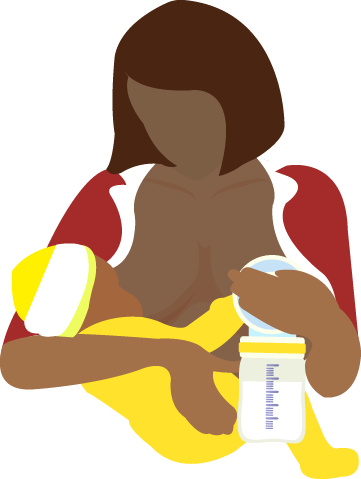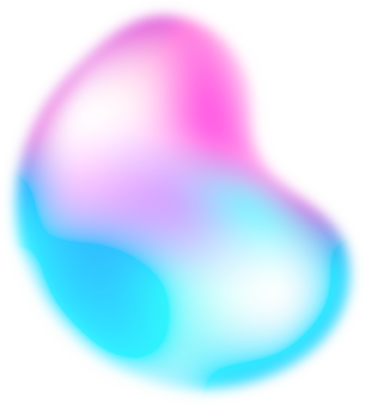It’s full of nutrients that feed and protect your baby, but did you know breast milk composition varies over time? Find out what’s in breast milk and how it changes to meet your baby’s needs.
As your baby’s first food, you might expect your breast milk ingredients to include basic essential nutrients, such as carbohydrates, proteins and fats, as well as water to keep her hydrated, which it does.1 But breast milk is no ordinary food – it has more value than nutrition alone.
What’s breast milk made of?
Here are some of the other constituents of human milk present at every feed, many of which can’t be replicated:
Millions of live cells. These include immune-boosting white blood cells, as well as stem cells, which may help organs develop and heal.2
More than 1,000 proteins3 that help your baby grow and develop, activate her immune system, and develop and protect neurons in her brain.
All that breast milk protein is made up of amino acids. There are more than 20 of these compounds in your milk. Some of them, called nucleotides, increase at night and scientists think they may induce sleep.4,5
Over 200 complex sugars called oligosaccharides6 that act as prebiotics, feeding ‘good bacteria’ in your baby’s gut. They also prevent infections entering her bloodstream and lower her risk of brain inflammation.
More than 40 enzymes.7 Enzymes are catalysts that speed up chemical reactions in the body. The ones in your milk have jobs such as aiding your baby’s digestion and immune system, as well as helping her absorb iron.
Growth factors that support healthy development.1 These affect many parts of your baby’s body, including her intestines, blood vessels, nervous system, and her glands, which secrete hormones.
On the subject of hormones, your breast milk contains lots of them!7 These clever chemicals send messages between tissues and organs to ensure they work properly. Some help regulate your baby’s appetite and sleep patterns, and even aid the bond between you.
Vitamins and minerals – nutrients that support healthy growth and organ function, as well as help build your baby’s teeth and bones.1
Antibodies, also known as immunoglobulins. There are five basic forms of antibodies and all of them can be found in your milk.8 They protect your baby against illnesses and infections by neutralising bacteria and viruses.
You may have heard of long-chain fatty acids because they play a pivotal part in building your baby’s nervous system, as well as aid healthy brain and eye development.9 And, you’ve guessed it, there are several of these in your milk too!
1,400 microRNAs, which are thought to regulate gene expression, as well as help prevent or halt disease development, support your baby’s immune system, and play a role in remodelling the breast.10
While this is a long list, it’s only some of the ingredients in your breast milk – and scientists are still discovering more. Remarkably, the levels of these ingredients can fluctuate over time, depending on your baby’s age and needs.
Source: Medela
Link: https://www.medela.com/breastfeeding/mums-journey/breast-milk-composition




